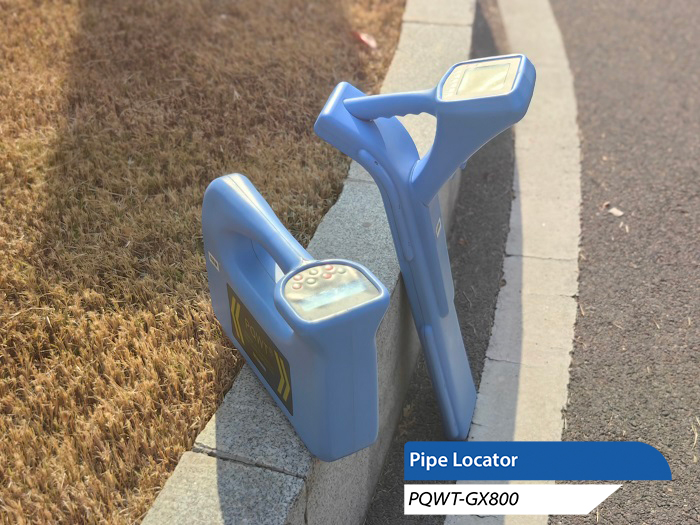Pipe Cable Locator technology plays a vital role in the construction and maintenance of modern urban infrastructure. This technology not only helps us to understand the intricate pipeline network layout under the city, but also effectively avoids accidental damage during the construction process to ensure public safety. The purpose of this paper is to summarize the types of underground pipelines and common detection methods, providing reference for related industries.

Types of underground pipelines
Underground pipeline system is like the city's “blood vessels”, carrying the water supply, drainage, storm water drainage, power supply, communications, natural gas transmission and industrial use and other functions. Each type of pipeline is managed and maintained by a specific professional department, with different materials, specifications and design standards, which brings complexity and challenges to the detection work.
The Pipe Cable Locator Method
The core task of the Pipe Cable Locator is to locate and survey, i.e. to determine the exact position and depth of the pipe cable. Based on different site conditions and technical requirements, there are mainly the following detection methods:
1. Direct method
Direct method is the most common means of detection, especially suitable for metal pipelines. Through the exposed part of the pipeline connected to the transmitter, the current is injected into the pipeline, the current flows along the pipeline, generating a magnetic field, and the detector is able to capture these magnetic field signals, so as to determine the location and direction of the pipeline. This method has high signal strength and strong anti-interference ability, and is an efficient and accurate detection method.
2. Clamp method
When direct access to the pipeline is not possible, the clamp method becomes an alternative. The use of specially designed induction clamp around the outside of the pipeline, through the principle of electromagnetic induction, generating electric current in the pipeline, thus realizing the detection of the pipeline. This method is suitable for smaller diameter pipelines, especially when the environment around the pipeline is complex, the direct method is difficult to implement.
3. Induction method
Induction method is a non-contact detection technology, applicable to the direct method or clamp method can not be used in the case. The transmitter is placed directly above the pipeline, and the electromagnetic field generated by it is used to excite an induced current in the pipeline, and then the signal is detected by the receiver. Although the signal from the induction method is susceptible to interference, it is still an effective means of detection when other options are lacking.
Detection Purpose and Application
The goal of Pipe Cable Locator is to establish or update a detailed database of pipelines to ensure construction safety, avoid damage to pipelines caused by misuse, reduce maintenance costs, and improve the efficiency of city management. When carrying out Pipe Cable Locator, the site conditions should be considered comprehensively and the most suitable detection method should be selected to ensure the accuracy and completeness of the data.
With the acceleration of urbanization, the importance of Pipe Cable Locator technology is becoming more and more prominent. Mastering the applicable conditions of various detection methods and rationally planning the detection process are of great significance to guarantee the safe operation of urban infrastructure. In the future, with the progress of science and technology, Pipe Cable Locator technology will be more intelligent and precise, providing stronger support for urban construction and maintenance.








